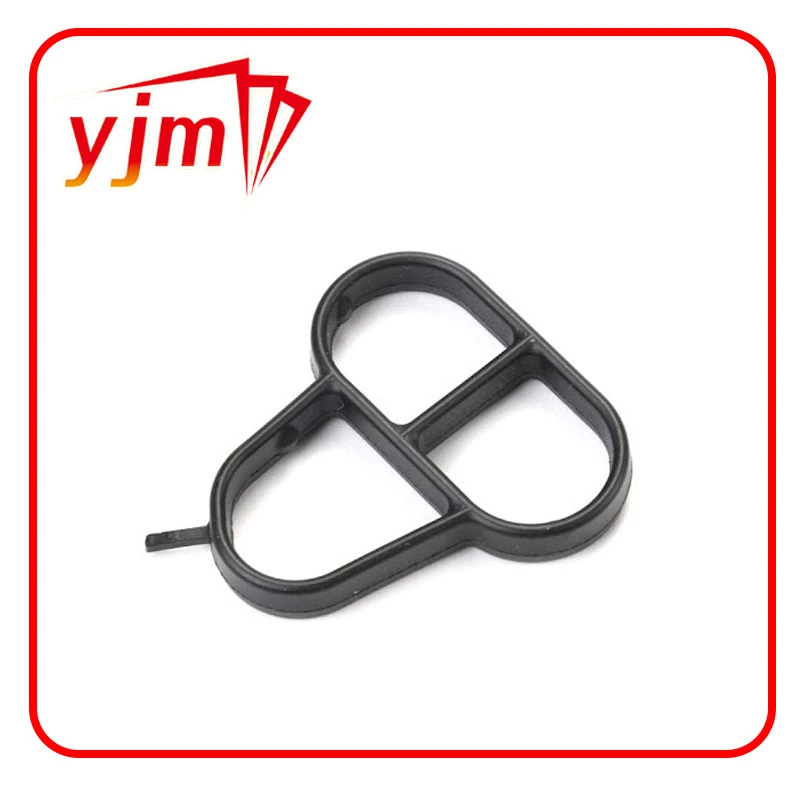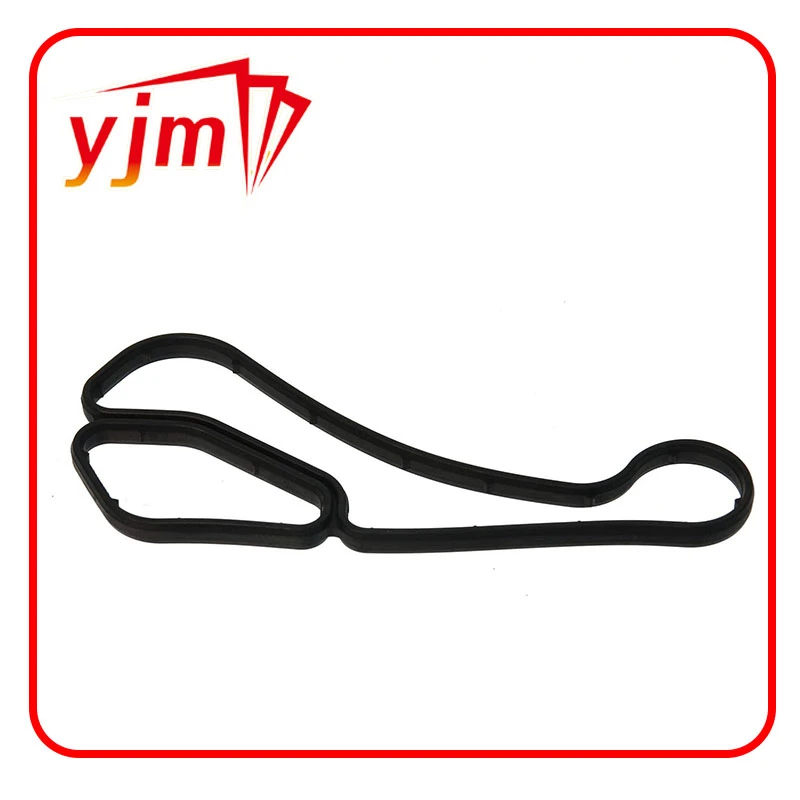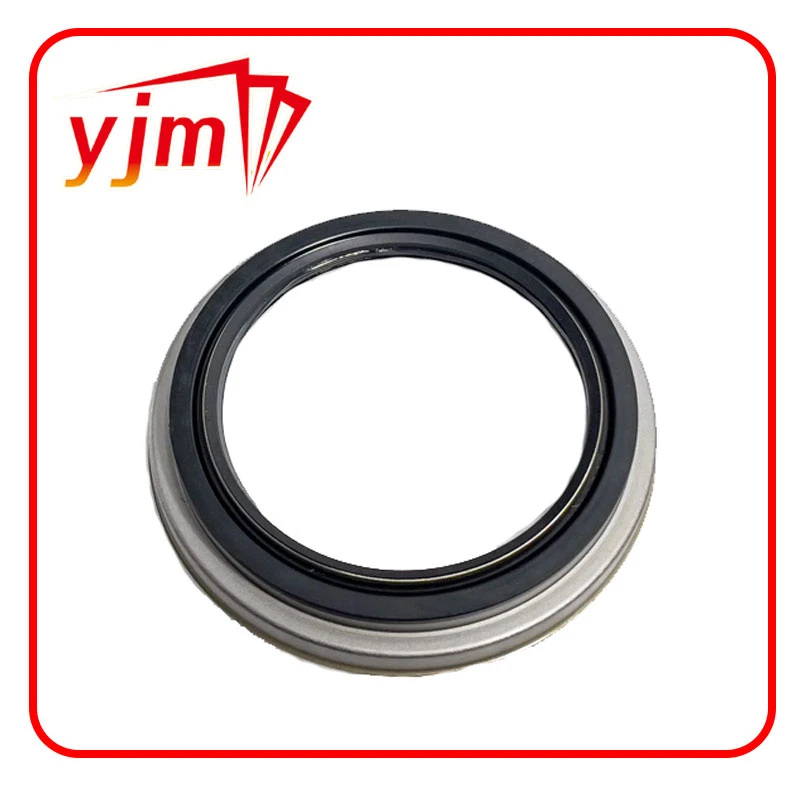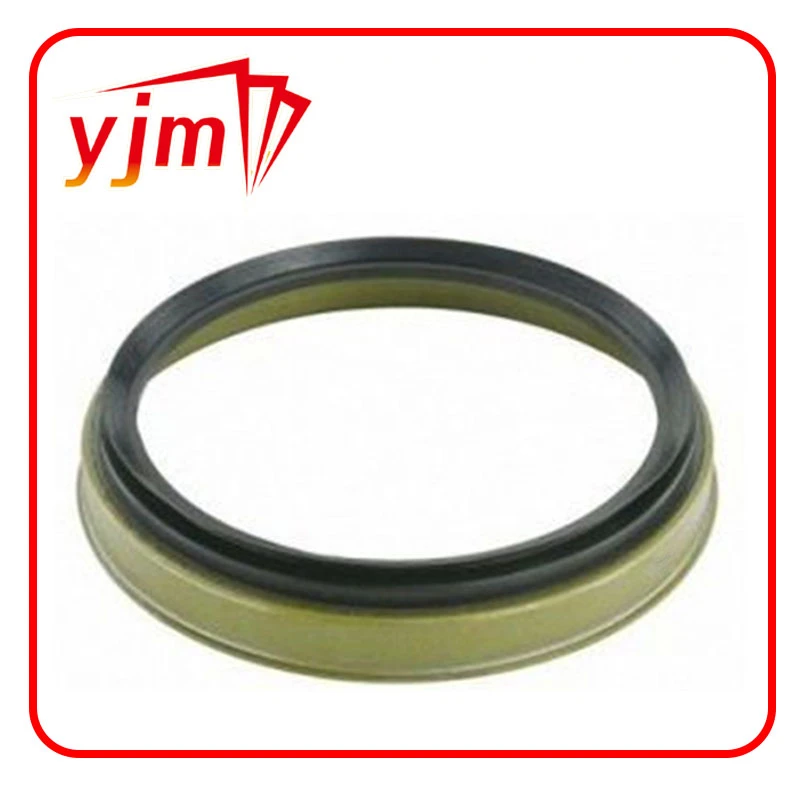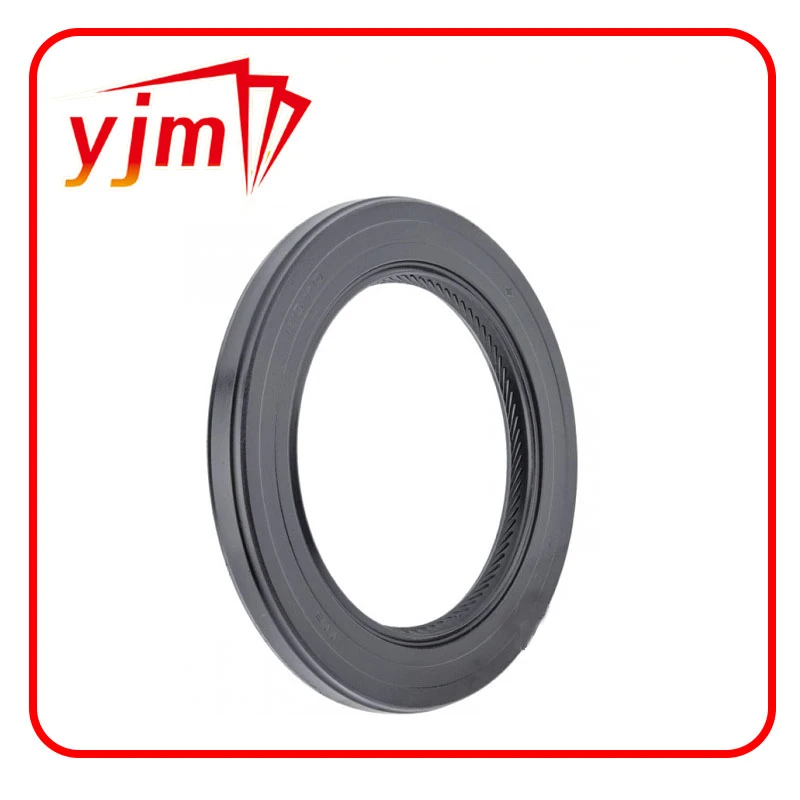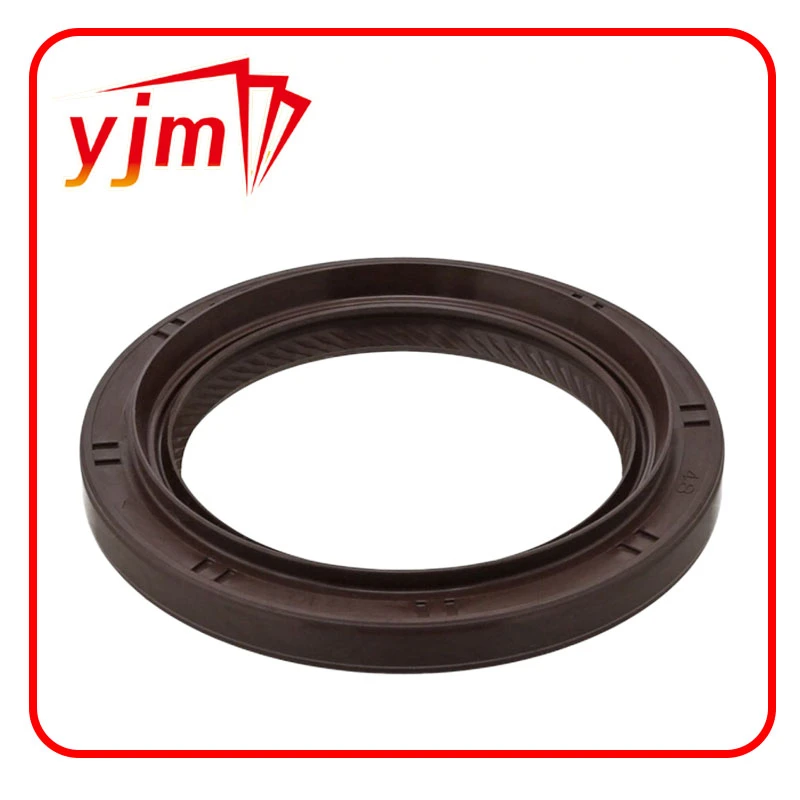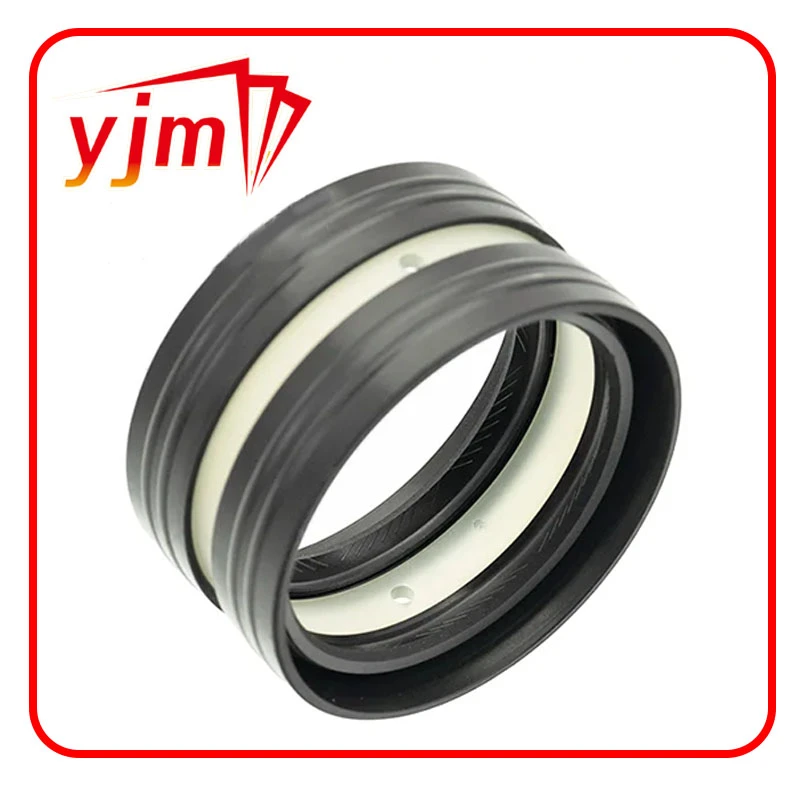Durable Auto Oil Drain Plugs: Prevent Leaks & Ensure Smooth Changes
Introduction to Advanced Oil Drain Plug Technology
In the intricate ecosystem of automotive and industrial machinery, the seemingly humble oil drain plug plays a critical role in fluid management and engine longevity. Far beyond a simple stopper, modern oil drain plugs are engineered components designed for precision sealing, durability, and ease of maintenance. For B2B stakeholders, understanding the nuances of these components—from material science to manufacturing excellence—is paramount for ensuring operational efficiency, compliance with environmental regulations, and optimizing total cost of ownership.
The industry is currently experiencing significant shifts, driven by advancements in materials, stringent environmental standards, and the demand for enhanced serviceability. Innovations such as lightweight materials, integrated sealing mechanisms, and intelligent designs aimed at preventing common issues like oil drain plug rounded heads are setting new benchmarks. This comprehensive overview delves into the technical aspects, market dynamics, and strategic considerations surrounding the selection and application of high-performance oil drain plugs.
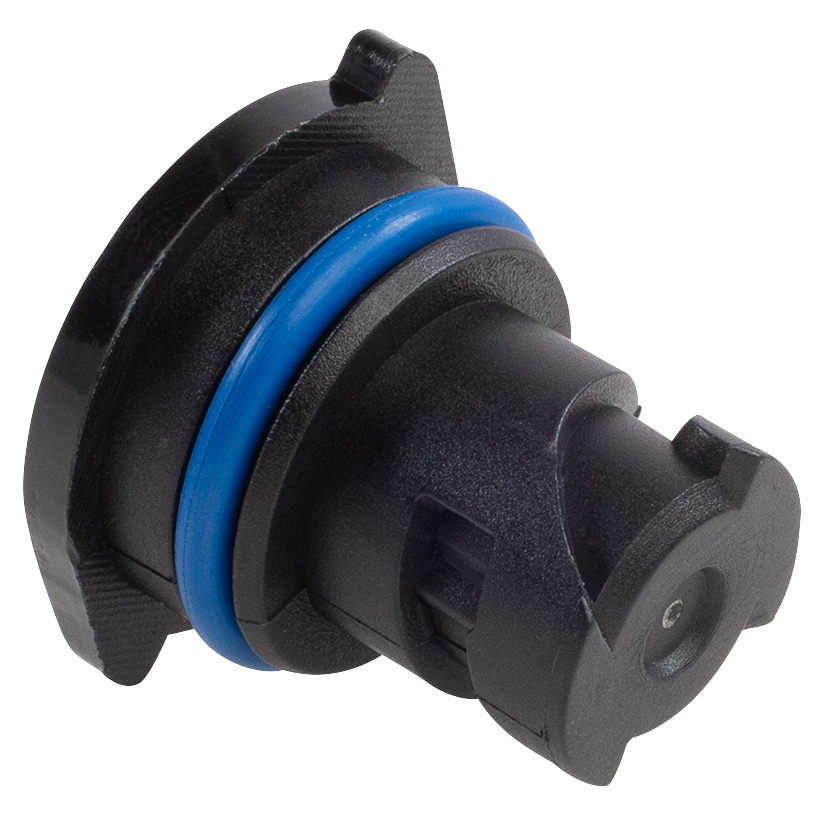
Industry Trends and Material Innovation
The evolution of the auto oil drain plug market is characterized by a drive towards efficiency, environmental sustainability, and enhanced performance. Key trends include the proliferation of lighter, more durable materials, and designs that streamline maintenance procedures. Historically, steel and brass plugs were standard, but the advent of aluminum and advanced polymer composites has revolutionized the sector. For instance, the rise of the plastic oil drain plug is a direct response to the automotive industry's push for vehicle lightweighting and improved fuel economy. These plastic components, often made from high-strength engineering plastics like PA66-GF30, offer comparable tensile strength and temperature resistance to their metal counterparts, while significantly reducing weight and manufacturing complexity.
Another significant trend is the integration of advanced sealing technologies. Modern oil drain plugs frequently feature pre-applied thread sealants or captive O-rings, eliminating the need for separate crush washers and reducing the risk of leaks due to improper installation. Furthermore, designs that mitigate the risk of cross-threading or stripping, such as those with unique head geometries or specialized coatings, are gaining traction. The demand for OEM-specific solutions, such as the 55498782 NEW GM OEM OIL DRAIN PLUG CHEVROLET GMC CADILLAC B83, underscores the importance of precision-engineered components that seamlessly integrate into complex vehicle systems, ensuring optimal performance and compliance with stringent manufacturer specifications.
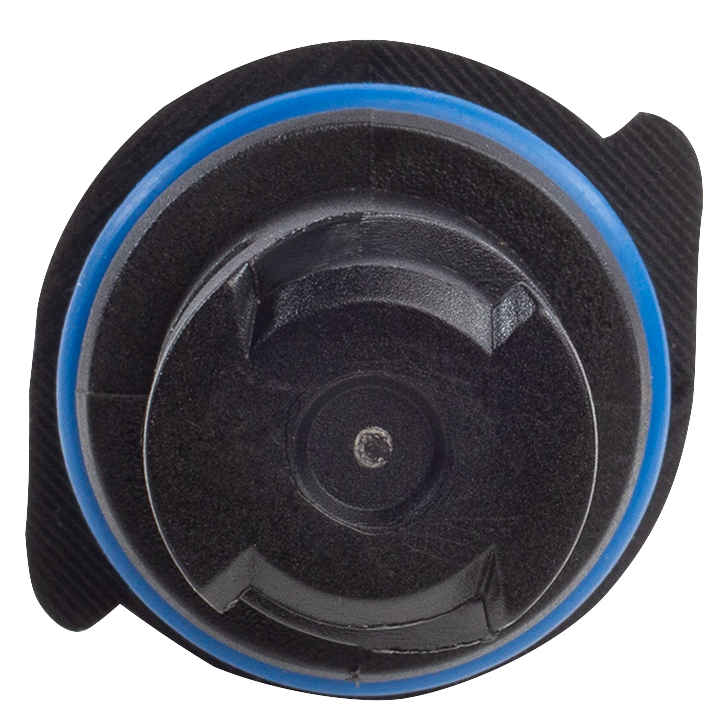
Technical Specifications and Design Principles
The performance of an oil drain plug is directly correlated with its technical specifications and adherence to rigorous design principles. Key parameters include material composition, thread type and pitch, head configuration, and the integrated sealing mechanism. For high-stress applications, materials like forged steel (e.g., SAE 1010-1018) or aerospace-grade aluminum alloys are preferred due to their high tensile strength and fatigue resistance. In contrast, the plastic oil drain plug utilizes advanced polymers, balancing strength with weight reduction, offering excellent chemical resistance to various oils and coolants.
Thread specifications are critical, typically adhering to metric (e.g., M12x1.5, M14x1.5) or imperial (e.g., 1/2-20, 3/8-18 NPTF) standards. Precision machining ensures optimal thread engagement, preventing issues like cross-threading and ensuring a secure fit. The head configuration of the oil drain plug bolt, whether hex, Torx, or square, influences the torque transfer efficiency and the plug's susceptibility to damage, such as becoming oil drain plug rounded. Sealing is often achieved through a crush washer (copper, aluminum, fiber), an integrated O-ring (Viton, NBR), or a pre-applied thread sealant. The choice of sealing method impacts reusability and ease of installation.
Typical Oil Drain Plug Specifications
| Parameter | Typical Value Range | Significance |
|---|---|---|
| Material | Carbon Steel (SAE 1010-1018), Aluminum (6061, 7075), PA66-GF30 | Strength, weight, corrosion resistance, thermal expansion. |
| Thread Size | M12x1.5, M14x1.5, M16x1.5, M20x1.5, 1/2-20 UNF | Compatibility with oil pan port, secure fit. |
| Head Type | Hex (13mm, 15mm, 17mm), Torx (T40, T45), Square | Tool compatibility, resistance to rounding. |
| Sealing Mechanism | Crush Washer (Copper, Aluminum), Bonded Seal, O-ring, Pre-applied Sealant | Leak prevention, reusability, torque retention. |
| Torque Specification | 20-40 Nm (depending on material/size) | Optimal seal, prevents overtightening/stripping. |
| Operating Temperature | -40°C to +150°C (material dependent) | Resistance to thermal degradation and material expansion/contraction. |
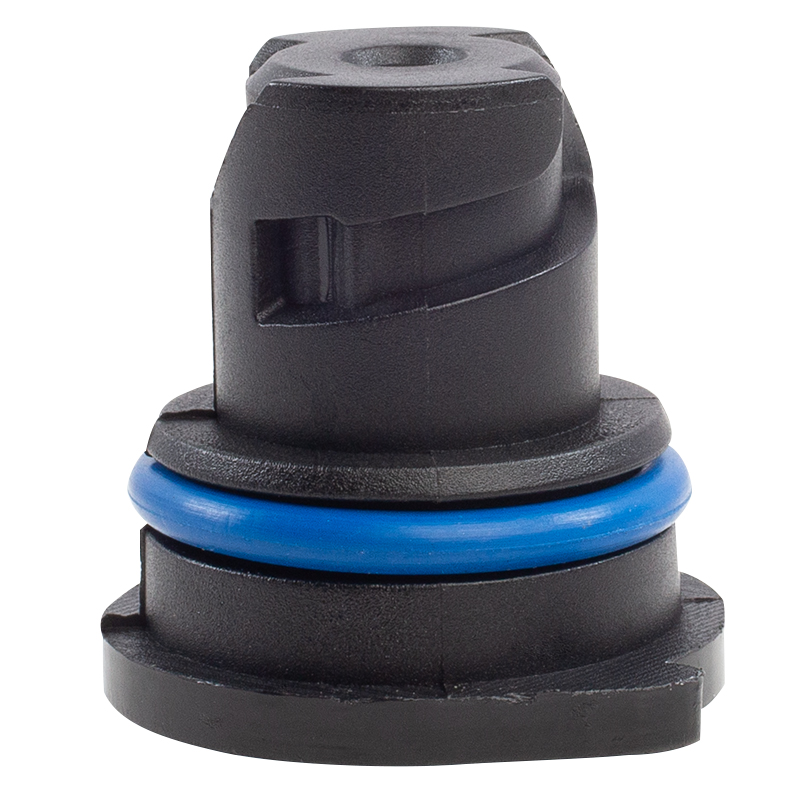
Manufacturing Process Flow and Quality Assurance
The production of a high-quality oil drain plug involves a sophisticated multi-stage manufacturing process, underpinned by stringent quality control to meet international standards such as ISO 9001 and IATF 16949 for automotive applications, and ANSI for specific industrial components. The target industries benefiting from these robust processes include petrochemical, metallurgy, automotive, and water supply & drainage, where leak-free operation and long service life are non-negotiable.
Detailed Manufacturing Process:
- Casting/Forging: For metal plugs, hot or cold forging creates a dense, strong grain structure, enhancing durability. Casting is used for more complex geometries in certain applications.
- Injection Molding: For polymer plugs, precise injection molding ensures consistent dimensional accuracy and material integrity.
The rigorous adherence to these manufacturing steps and quality protocols ensures advantages such as enhanced energy saving through reliable sealing that prevents oil loss, superior corrosion resistance even in aggressive chemical environments, and a significantly extended service life, reducing the need for frequent replacements and associated maintenance costs. This meticulous approach solidifies product reliability and operator safety across all applications.

Application Scenarios and Technical Advantages
The versatility and robust design of modern oil drain plug solutions make them indispensable across a wide array of industrial and automotive applications. Their primary function—to securely seal the oil pan and facilitate controlled drainage—is critical for machinery integrity and operational efficiency.
Typical Application Scenarios:
- Automotive Industry: From passenger vehicles to heavy-duty commercial trucks and buses, the auto oil drain plug is essential for routine oil changes. OEM-specific designs like the GM 55498782 ensure perfect compatibility and performance in Chevrolet, GMC, and Cadillac vehicles, maintaining manufacturer warranty and safety standards.
- Heavy Machinery & Construction: Earthmoving equipment, excavators, forklifts, and cranes rely on robust oil drain plugs that can withstand extreme vibrations, dirt, and fluctuating temperatures. Durable materials and secure locking mechanisms are critical here.
- Marine Engines: Marine environments demand exceptional corrosion resistance, often utilizing brass or stainless steel oil drain plug bolt designs to combat saltwater exposure.
- Power Generation & Industrial Equipment: Generators, air compressors, and hydraulic power units require reliable sealing to prevent costly fluid loss and maintain operational uptime.
Technical Advantages:
- Enhanced Sealing Integrity: Precision-engineered threads and advanced sealing methods prevent oil leaks, which are critical for environmental protection and maintaining optimal engine lubrication. This directly contributes to energy saving by ensuring lubricant levels are consistently met, reducing engine friction and wear.
- Superior Durability & Service Life: High-quality materials and manufacturing processes extend the lifespan of the plug, reducing the frequency of replacement and associated labor costs. This is particularly evident in components designed to resist common failures like an oil drain plug rounded head.
- Corrosion Resistance: Specialized coatings and material choices protect against rust and chemical degradation, particularly important in harsh industrial or marine settings.
- Ease of Maintenance: Designs that facilitate quick and clean oil changes, such as those with integrated quick-drain valves or captive seals, significantly reduce service time and potential for technician error. The 55498782 NEW GM OEM OIL DRAIN PLUG, for example, is designed for straightforward installation and removal, reflecting OEM's commitment to serviceability.
- Weight Reduction: The strategic use of materials, especially in the development of the plastic oil drain plug, contributes to overall vehicle lightweighting, supporting fuel efficiency targets.
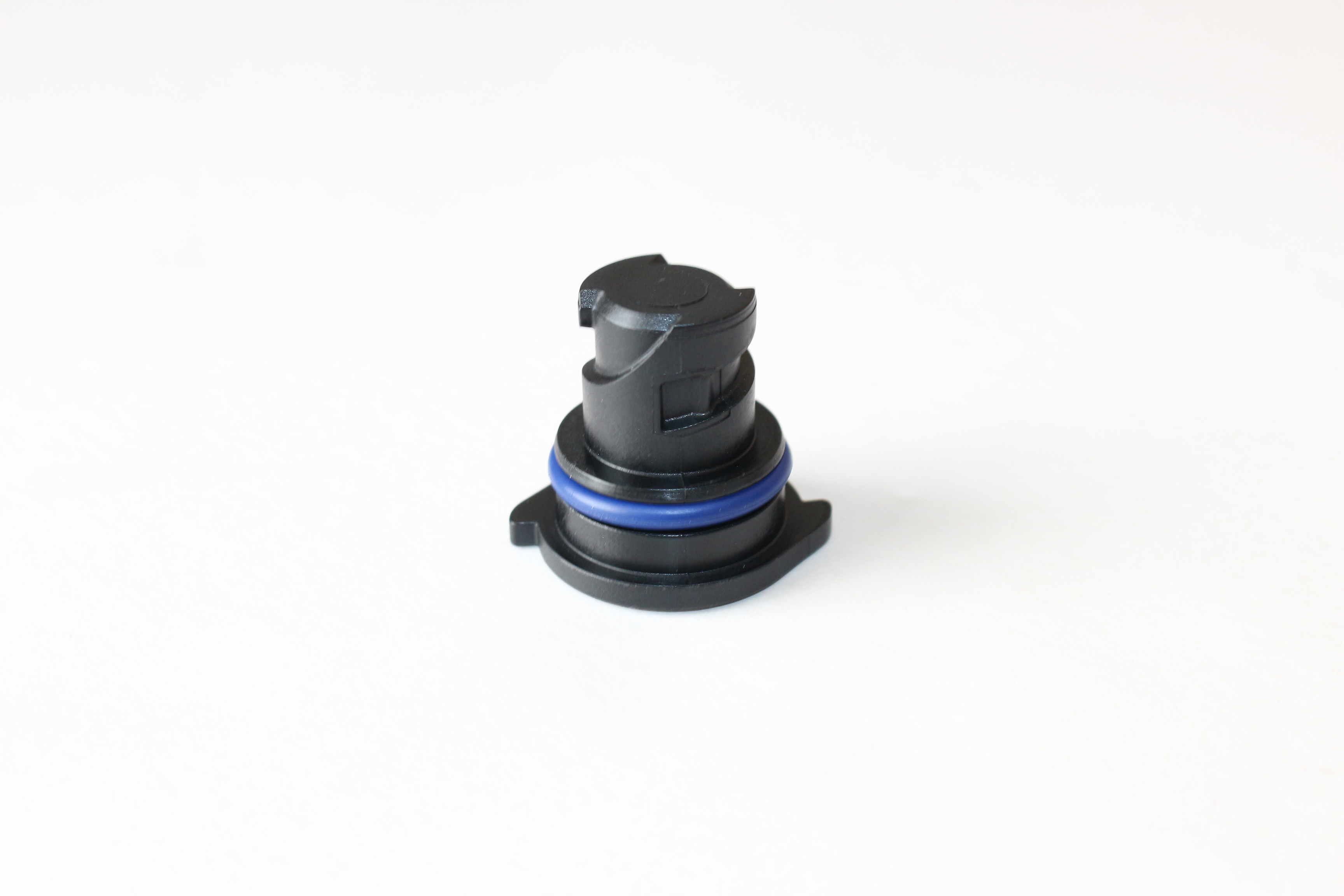
Vendor Comparison and Customized Solutions
Choosing the right vendor for oil drain plug components is a strategic decision for B2B procurement, balancing cost-effectiveness with performance, reliability, and support. The market offers a spectrum of options, from Original Equipment Manufacturers (OEMs) to aftermarket suppliers, each with distinct advantages.
OEM vs. Aftermarket Comparison:
| Feature | OEM (e.g., GM 55498782) | Aftermarket |
|---|---|---|
| Design & Fit | Exact match to original specifications, guaranteed fit and function. Developed alongside vehicle. | May offer universal or 'fits many' designs; varying levels of fit and specification adherence. |
| Material Quality | Highest quality materials, rigorously tested to meet OEM durability and performance standards. | Material quality can vary significantly; some premium aftermarket, others lower grade. |
| Testing & Certification | Extensive validation, often ISO/IATF certified, guaranteeing safety and reliability. | Testing and certifications vary widely; some adhere to standards, others may not. |
| Warranty | Typically backed by manufacturer warranty, crucial for preserving vehicle warranty. | Warranty coverage varies by vendor; generally shorter or less comprehensive. |
| Cost | Generally higher initial cost, justified by guaranteed quality and fit. | Often lower initial cost, but potential for higher long-term expenses due to re-work or premature failure. |
For critical applications, the unparalleled precision and validated performance of OEM components, such as the 55498782 NEW GM OEM OIL DRAIN PLUG CHEVROLET GMC CADILLAC B83 from YJM Seal, offer peace of mind and long-term value that often outweighs the initial cost savings of aftermarket alternatives. This product's designation as OEM signifies its direct compliance with General Motors' exacting standards for Chevrolet, GMC, and Cadillac vehicles.
Customized Solutions for Specific Needs:
Beyond standard offerings, many industries require bespoke oil drain plug solutions tailored to unique operational environments or specialized machinery. Customization can encompass:
- Material Adaptation: Selection of exotic alloys for extreme temperatures or highly corrosive media in petrochemical plants.
- Thread & Geometry Modification: Custom thread pitches or lengths for non-standard oil pan designs, or unique head shapes to fit specialized tooling, preventing issues like an oil drain plug rounded hex.
- Integrated Features: Incorporation of magnetic tips to capture ferrous wear particles, quick-drain valves for faster fluid changes, or integrated sensors for oil level/quality monitoring.
- Sealing System Optimization: Development of specific gasket materials or multi-layer seals to enhance performance under unusual pressures or chemical exposures.
Leading manufacturers offer comprehensive design and engineering services, collaborating with clients from concept to prototyping and final production to ensure the customized auto oil drain plug meets all performance criteria and regulatory requirements.
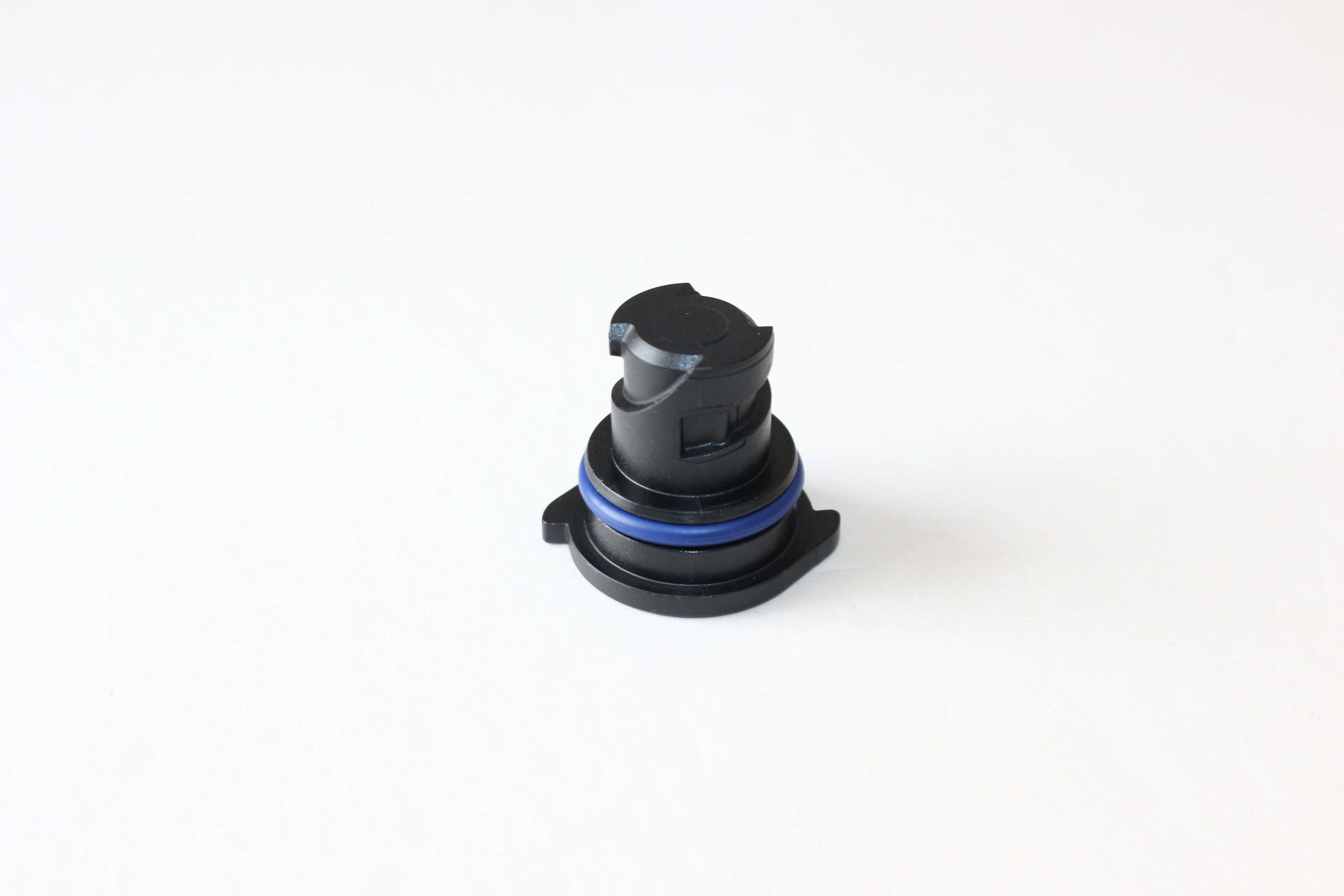
Application Case Studies and Customer Experience
Real-world application demonstrates the tangible benefits of investing in high-quality oil drain plug solutions. These case studies highlight how meticulous engineering and strategic material selection translate into operational excellence and cost savings.
Case Study 1: Automotive OEM Reduces Warranty Claims with Enhanced Drain Plug Design
A major automotive OEM faced an increasing number of warranty claims related to oil pan leaks and stripped oil drain plug bolt threads during routine maintenance. The issue was traced back to a combination of material fatigue and susceptibility to overtightening. Collaborating with a specialist manufacturer, the OEM implemented a new generation of drain plugs featuring a specific thread geometry, an integrated bonded seal, and a proprietary anti-galling coating. This design not only improved the initial sealing integrity but also significantly reduced the incidence of thread damage and instances of an oil drain plug rounded head during service. Over a two-year period, the OEM reported a 35% reduction in oil pan leak-related warranty claims and a marked improvement in customer satisfaction scores related to vehicle maintenance, showcasing the direct impact of superior component engineering.
Case Study 2: Industrial Fleet Optimizes Maintenance with Lightweight Polymer Plugs
A large logistics and transport company operating a fleet of heavy-duty trucks sought to reduce overall vehicle weight and streamline maintenance processes. They transitioned from traditional steel oil drain plugs to a specialized plastic oil drain plug made from a high-performance, glass-fiber reinforced polymer. This solution, adopted across their fleet, resulted in an average weight saving of 0.5 kg per vehicle. More importantly, the new plugs featured a quick-turn design that required fewer rotations for installation and removal, cutting oil change times by approximately 15% per vehicle. The material's inherent corrosion resistance also proved beneficial in regions exposed to road salts and harsh weather. Customer feedback from their service technicians consistently highlighted the ease of handling and reduced effort required for maintenance, validating the practical benefits of this material innovation.
These examples underscore the critical role of well-engineered auto oil drain plug components in achieving both macro-level strategic objectives, such as reducing warranty costs and improving fuel efficiency, and micro-level operational benefits like faster, more reliable maintenance cycles.
Trustworthiness: FAQ, Lead Time, Warranty, and Support
Establishing trust with B2B clients requires transparency and a robust commitment to product quality and customer service. Here, we address common inquiries and outline our commitment to client satisfaction.
Frequently Asked Questions (FAQ):
Q: How often should an oil drain plug be replaced?
A: While the plug itself is often reusable, the associated sealing washer or O-ring should typically be replaced with every oil change to ensure a leak-free seal. Some modern plugs with integrated seals may be designed for multiple uses, but it's crucial to follow manufacturer guidelines. The 55498782 NEW GM OEM OIL DRAIN PLUG is designed for durability, but its sealing component should be inspected and replaced as recommended by GM.
Q: What causes an oil drain plug rounded head, and how can it be prevented?
A: Rounding typically occurs from using incorrect tools, overtightening, or using worn tools. Prevention involves using the correct size and type of wrench, ensuring the wrench is fully seated, and adhering strictly to the manufacturer's specified torque settings. Quality plugs with robust head designs are less prone to rounding.
Q: Are plastic oil drain plug components as durable as metal ones?
A: Modern plastic oil drain plugs, made from advanced engineering polymers, are designed to meet or exceed the performance requirements of their metal counterparts in terms of strength, temperature resistance, and chemical compatibility. They offer advantages in weight reduction and corrosion resistance. Their durability is validated through rigorous testing.
Q: What is the lead time for standard and customized auto oil drain plug orders?
A: Standard product lead times typically range from 2-4 weeks, depending on order volume and specific inventory levels. For customized solutions, the lead time will vary based on design complexity, prototyping, and tooling requirements, generally ranging from 8-16 weeks. We work closely with clients to establish realistic timelines for project delivery.
Lead Time & Fulfillment Details:
Our streamlined supply chain and robust manufacturing capabilities ensure efficient order processing. We maintain strategic stock levels for high-demand OEM parts like the 55498782 NEW GM OEM OIL DRAIN PLUG to facilitate rapid dispatch. For volume orders, we offer scheduled deliveries and just-in-time (JIT) options to align with client production schedules. All shipments are meticulously packaged to prevent transit damage and are tracked through reliable logistics partners.
Warranty Commitments:
We stand behind the quality and performance of our oil drain plug products. All components are covered by a comprehensive 12-month or 20,000-mile (whichever comes first) manufacturer's warranty against defects in material and workmanship. This warranty underscores our commitment to delivering reliable, high-integrity products that meet or exceed industry standards. Specific OEM parts, like the GM 55498782, are also subject to the original manufacturer's warranty policies.
Customer Support & Technical Assistance:
Our dedicated customer support team and technical experts are available to assist with product selection, application guidance, and troubleshooting. We provide comprehensive pre-sales consultation and post-sales support to ensure optimal product integration and performance. Reach out to us via phone, email, or through our online portal for prompt and knowledgeable assistance.
Conclusion
The strategic selection of an oil drain plug is a critical decision influencing vehicle longevity, operational efficiency, and environmental compliance. As demonstrated, advancements in materials, manufacturing precision, and design innovation continue to redefine the capabilities of these essential components. By prioritizing quality, adhering to industry standards, and leveraging expert insights, B2B entities can ensure robust fluid management systems, mitigate risks, and achieve significant long-term savings through enhanced performance and reduced maintenance burdens. Partnering with a reputable supplier committed to engineering excellence and comprehensive support is paramount for success in today's demanding industrial and automotive landscape.
References:
- Society of Automotive Engineers (SAE) International Standards.
- International Organization for Standardization (ISO) 9001:2015 and IATF 16949:2016 Guidelines for Quality Management.
- ASM International, Handbook of Materials for Engineering Applications.
- Environmental Protection Agency (EPA) Regulations on Fluid Containment and Spill Prevention.
- Journal of Manufacturing Processes, "Advances in Metal Forming and Machining for Automotive Components."
-
Seal 12x20x5: Precision Radial Shaft Seals for Industrial Reliability
News Nov.24,2025
-
Seal 12x18x5: Essential Guide to Specifications, Applications & Vendors
News Nov.24,2025
-
Understanding Seal 12 20 5: Applications, Specifications & Industry Insights
News Nov.23,2025
-
Durable Oil Seal 85x110x12 – Reliable Sealing Solutions for Industry
News Nov.23,2025
-
Durable and Precise Oil Seal 75x95x10 for Efficient Machinery | YJM Seal
News Nov.22,2025
-
Durable Oil Seal 75x100x10 for Reliable Industrial Performance | YJM Seal
News Nov.22,2025
-
High-Quality Oil Seal 65x90x10 | Durable & Reliable Sealing Solutions
News Nov.22,2025
Products categories

